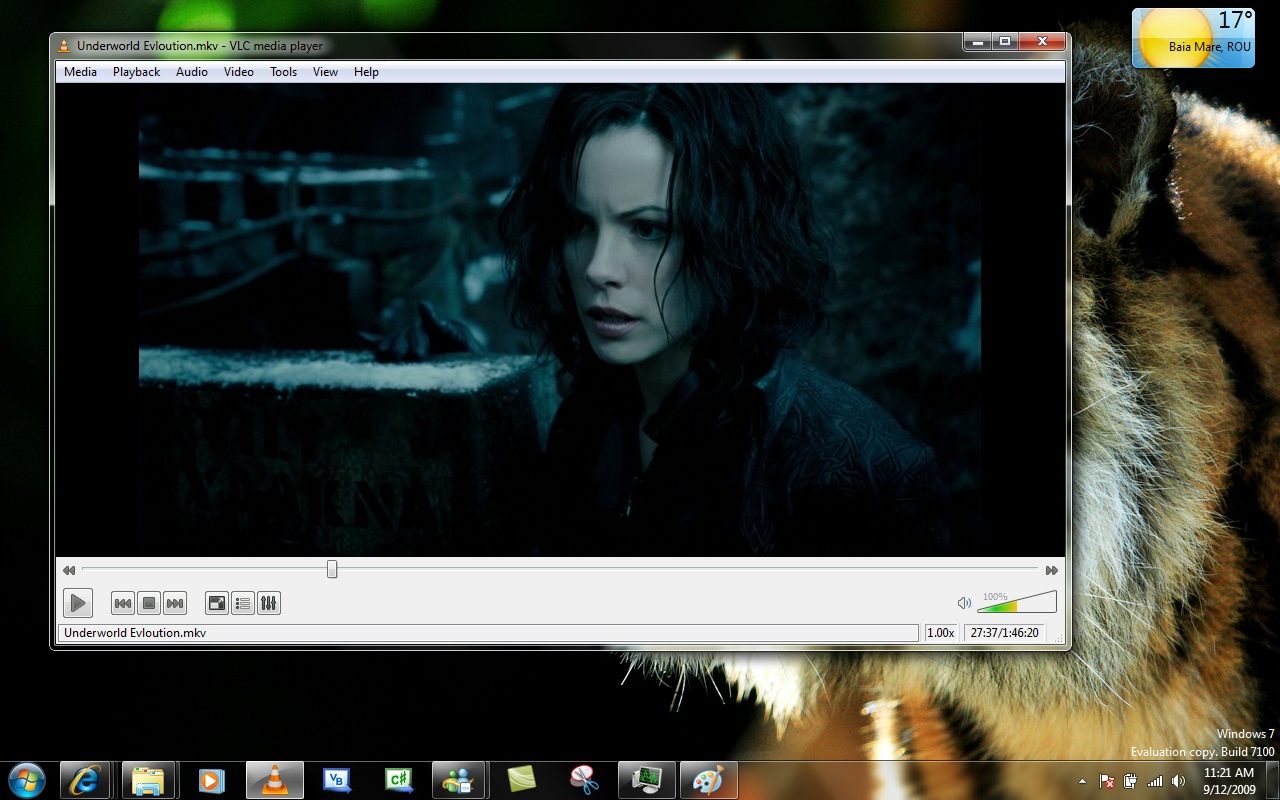
VideoLAN, the creator of the popular media player VLC, has marked its 20th anniversary with a bold leap forward in the tech world. The open-source project, renowned for its adaptability and reliability, has achieved a remarkable milestone by successfully integrating its player with the Lunar Reconnaissance Orbiter , enabling users to view space exploration footage in real-time. This move not only celebrates VLC’s two decades of innovation but also underscores the growing relevance of open-source software in highly technical fields.
The latest development follows months of strategic efforts to make VLC more versatile and integrate it into unique environments. In collaboration with NASA’s Lunar Reconnaissance Orbiter team, VLC has successfully facilitated the streaming of lunar surface imagery, offering users the opportunity to experience space missions from the comfort of their homes. Through this pioneering venture, VLC has proven that it is not just about playing local media files but is now part of cutting-edge advancements in the tech and space sectors.
VLC’s journey began in 2001 when it was conceived by a group of students from the École Centrale Paris. It was originally designed as a media player capable of handling a wide variety of audio and video file formats, quickly gaining recognition for its simplicity and effectiveness. Since then, VLC has grown from a modest project to one of the most used media players worldwide, supporting a myriad of platforms including Windows, Mac, Linux, iOS, and Android. Its open-source model has played a crucial role in this success, as it allows developers to contribute to the project and adapt it for various needs.
The partnership with NASA signifies a leap beyond VLC’s traditional role in home entertainment. VLC’s development team has collaborated closely with space engineers to ensure that the software can handle the complex requirements of streaming high-definition video data from the lunar surface. The integration of VLC with the Lunar Reconnaissance Orbiter demonstrates the software’s ability to handle large-scale, high-quality video streams and its adaptability in various technical environments.
LRO has been capturing detailed images of the Moon’s surface since its launch in 2009, playing an essential role in lunar exploration. By incorporating VLC into the LRO’s data transmission systems, NASA has provided a powerful tool for the public to access this footage. The collaboration has also made it possible for space enthusiasts, educators, and scientists to explore the Moon’s surface in unprecedented detail.
This ambitious initiative marks a shift in how media players are perceived in today’s rapidly evolving technological landscape. VLC has long been known for its versatility and reliability, but this new project demonstrates its potential in scientific and exploratory domains. VLC’s role in facilitating access to space exploration highlights the software’s growing influence in fields beyond entertainment and media consumption.
The integration with NASA comes at a time when space exploration has garnered widespread interest and public attention, particularly with private companies like SpaceX and Blue Origin pushing the boundaries of space travel. This project, though, offers something different: the ability to engage with space missions in real-time through the lens of an open-source tool. The combination of open-source principles and cutting-edge technology allows VLC to offer something unique in the realm of space exploration media.
VLC’s foray into space exploration is part of a broader trend where open-source technologies are increasingly being adopted for use in highly specialized fields. From healthcare to education, and now space exploration, open-source software has proven itself as a powerful, flexible solution that can be adapted to meet the demands of any industry. The ability of VLC to operate across diverse systems—whether for simple media playback or for streaming complex space data—further cements its status as a leader in the open-source community.
This move also reflects a broader shift in the tech industry, where companies and institutions are placing greater emphasis on accessibility and collaboration. As NASA continues to make lunar exploration a priority, partnerships like the one with VLC demonstrate the value of open-source software in facilitating global access to scientific data. Space enthusiasts around the world can now watch live footage of the Moon’s surface, showcasing the power of technology in bringing humanity closer to understanding the cosmos.
The milestone of VLC’s 20-year anniversary is a testament to its longevity and continued relevance in a world where technology evolves at an unprecedented pace. With over 3 billion downloads globally, VLC has consistently provided a platform for users to enjoy multimedia content without limitations. Its expansion into new areas, such as space exploration, further illustrates the innovative spirit that has driven its success.
Looking forward, VLC’s future appears equally promising. The ongoing collaboration with NASA marks just the beginning of what is expected to be an expanding role in space data transmission. As the space industry grows, there may be even more opportunities for VLC to play a part in delivering real-time video feeds from future missions, whether they be to Mars or other distant parts of the universe.
Beyond its work with NASA, VLC remains focused on enhancing its core functionality. Upcoming updates promise to include enhanced features for virtual reality and augmented reality platforms, as well as improvements in AI-based video processing. The integration of AI technologies is part of a broader trend in the media industry, where machine learning algorithms are being used to improve video quality, automate content moderation, and personalize user experiences.





